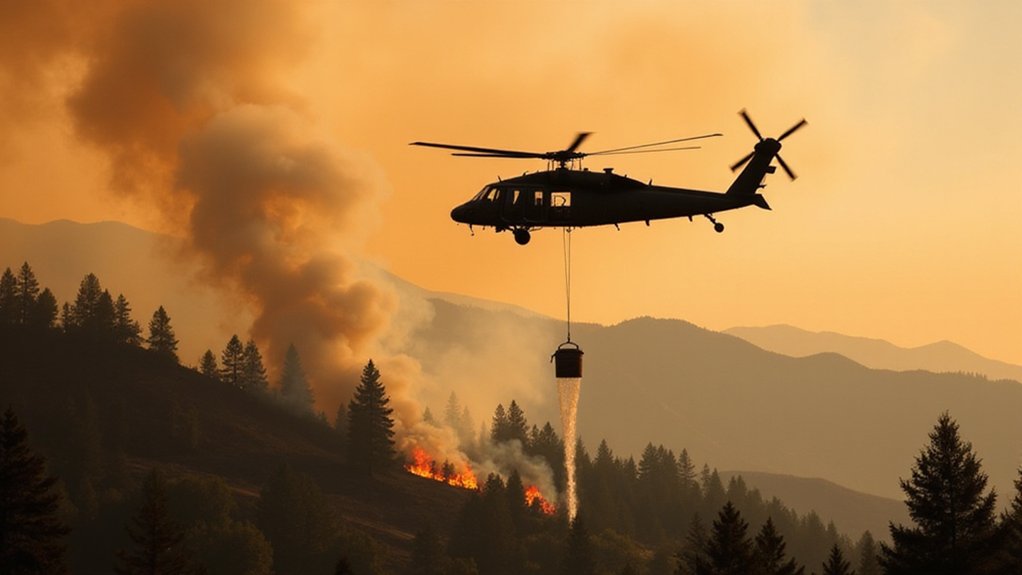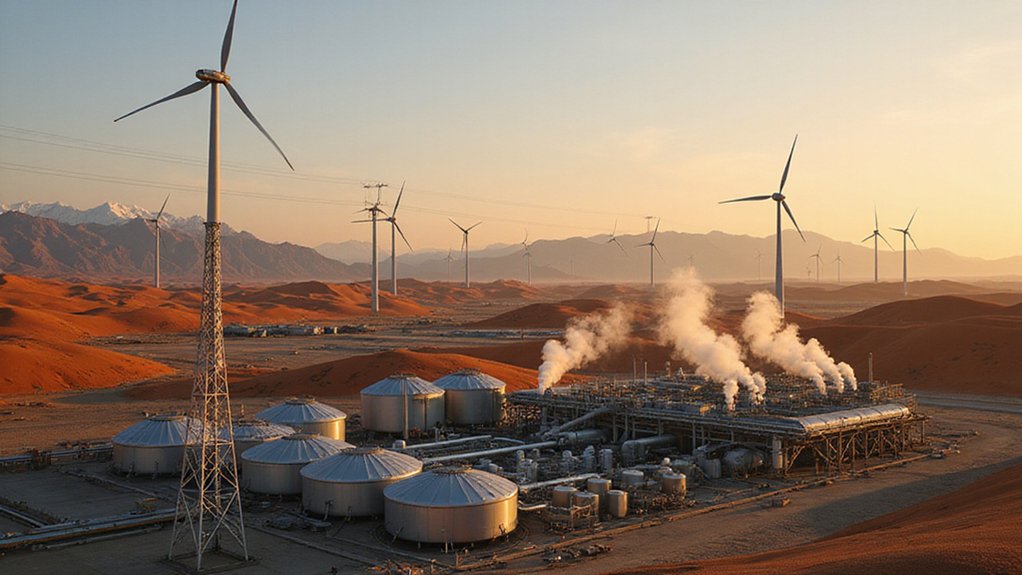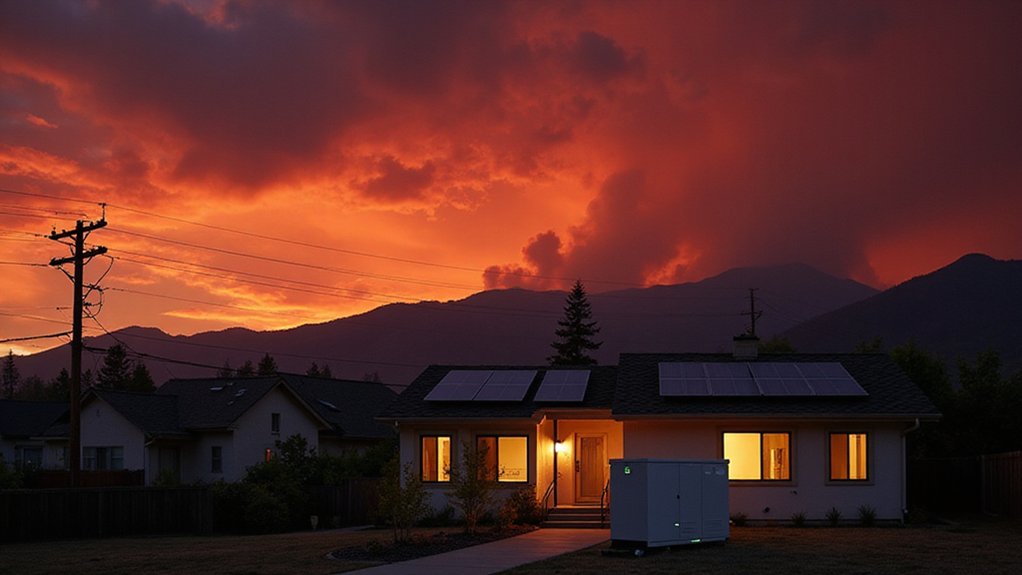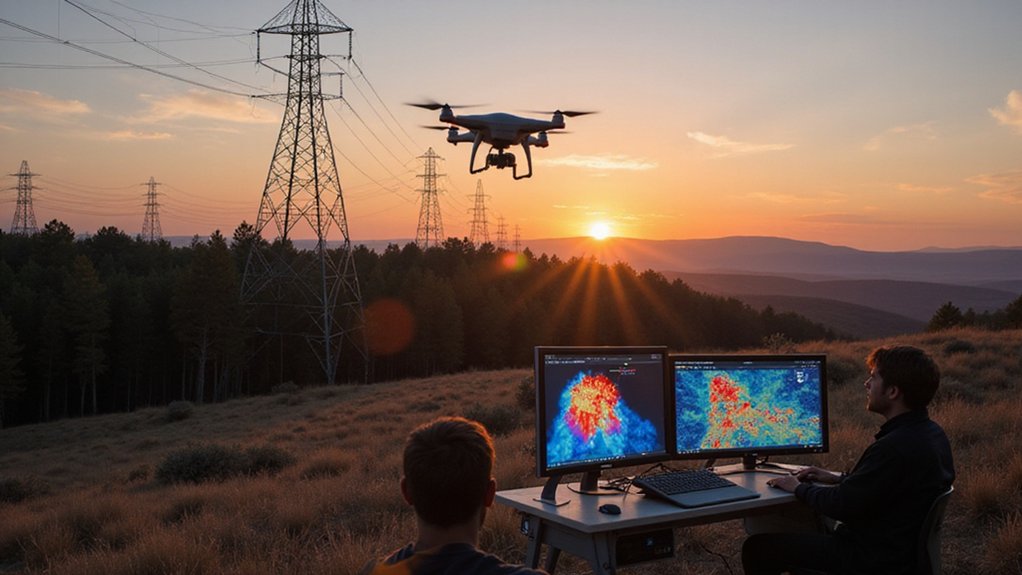California’s skies have a new defender against wildfires. A pilotless Black Hawk helicopter recently completed tests in the Mojave River Valley. The autonomous aircraft uses thermal cameras to spot fires and can navigate to water sources on its own. During its two-week demonstration, it achieved 95% operational availability. This technology gives fire commanders more options during emergencies. The unmanned helicopter represents a major shift in how California might combat its increasingly destructive wildfire seasons.
California’s skies witnessed a groundbreaking change as a pilotless Black Hawk helicopter battled wildfires for the first time in the state’s history. Sikorsky and Rain recently conducted this autonomous wildfire suppression demonstration in the Silverwood region of the Mojave River Valley, adjacent to the San Bernardino National Forest.
The test impressed officials from Cal Fire, San Bernardino County Fire District, Orange County Fire Authority, and the U.S. Forest Service who were present at the event. The autonomous helicopter worked alongside a crewed Sikorsky S-76 airborne command helicopter from Orange County Fire Authority during the two-week testing period.
Representatives from multiple fire agencies witnessed the autonomous Black Hawk working seamlessly with crewed aircraft during extended testing.
The Black Hawk featured Sikorsky’s Matrix autonomy system with fly-by-wire controls and was equipped with thermal and visual cameras for fire detection. The demonstration accumulated 24 hours of flight time over the course of the testing period. It carried a 324-gallon Bambi Bucket on a 40-foot line to deliver water to fire locations. A ground operator controlled the system using a tablet to assign specific tasks.
The helicopter demonstrated remarkable capabilities, including autonomous navigation to water sources and bucket filling while hovering. It used thermal sensors to independently locate fires and calculated the best flight paths based on conditions. The system even determined precise water release timing by considering wind speed and direction. The test flights successfully operated in challenging conditions with gusts up to 30 knots while maintaining precise control.
San Bernardino County Fire District Chief Dan Munsey highlighted the importance of rapid initial attack in wildfire management. Fire officials noted that autonomous aircraft could give incident commanders more flexibility and capacity during emergencies. This innovation provides a 95% availability factor similar to geothermal energy systems, ensuring consistent operation regardless of weather conditions.
Pacific Gas and Electric Company representatives also attended the demonstration. The utility company plans to equip their fleet of Sikorsky helicopters with autonomous capability and loan them to CAL FIRE. PG&E’s Senior VP of wildfire emphasized their commitment to ending catastrophic wildfires through innovative technologies.
The Black Hawk showcased the integration of both Lockheed Martin and Rain autonomy systems, enabling ground operators to command the helicopter with a simple tablet interface. The successful demonstration proved that autonomous systems can be effectively integrated into existing firefighting operations.
References
- https://aviationweek.com/defense/aircraft-propulsion/sikorsky-rain-demo-autonomous-firefighting-black-hawk
- https://news.lockheedmartin.com/2025-05-01-Rain-and-Sikorsky-Test-Advanced-Aerial-Firefighting-Technologies-Using-Autonomous-Black-Hawk-Helicopter
- https://www.renewableenergyworld.com/power-grid/outage-management/in-california-autonomous-black-hawk-helicopter-fights-wildfires/
- https://thehotshotwakeup.substack.com/p/california-tests-autonomous-black?action=share
- https://theaviationgeekclub.com/autonomous-black-hawk-helicopter-tests-advanced-aerial-firefighting-technologies-over-life-fires-in-california/









